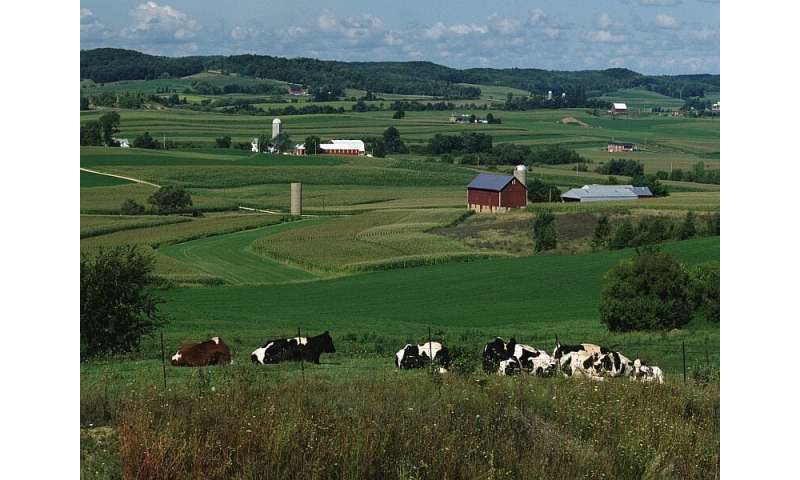
(HealthDay)—Burning fossil fuels account for about 100,000 air pollution-related deaths in the United States each year—but there are other less obvious sources of deadly air pollution, a new study warns.
“People usually think of power plants and cars, but nowadays, livestock and wood stoves are as big of a problem. It’s also our farms and our homes,” said Sumil Thakrar, a postdoctoral researcher in the University of Minnesota.
Thakrar and his colleagues also found that while government regulations have led to reduced pollution from electricity production and transportation, other sources have received less attention, including agriculture and residential buildings.
The researchers focused on a particularly dangerous type of air pollution called fine particulate matter (PM2.5), which is associated with heart attack, stroke, lung cancer and other diseases.
Their analysis of national data showed that about half of all PM2.5 air pollution-related deaths are from burning fossil fuels, with the remaining largely from animal agriculture, dust from construction and roads, and burning wood for heating and cooking.
The researchers said most people know soot causes PM2.5. But other contributors include ammonia, which is released from animal manure and crop fertilization, they noted.
“Essentially we’re asking, ‘What’s killing people and how do we stop it?'” Thakrar said in a university news release. “The first step in reducing deaths is learning the impact of each and every emission source.”
Jason Hill is a professor in the university’s Department of Bioproducts and Biosystems Engineering. He said targeting particularly damaging pollution sources is a more efficient and likely more effective way of regulating air quality.
“Think of springing a leak in your boat while out fishing. Why fret too much about how much water is coming in when what you really should be doing is plugging the hole?” Hill said in the release.
Source: Read Full Article
